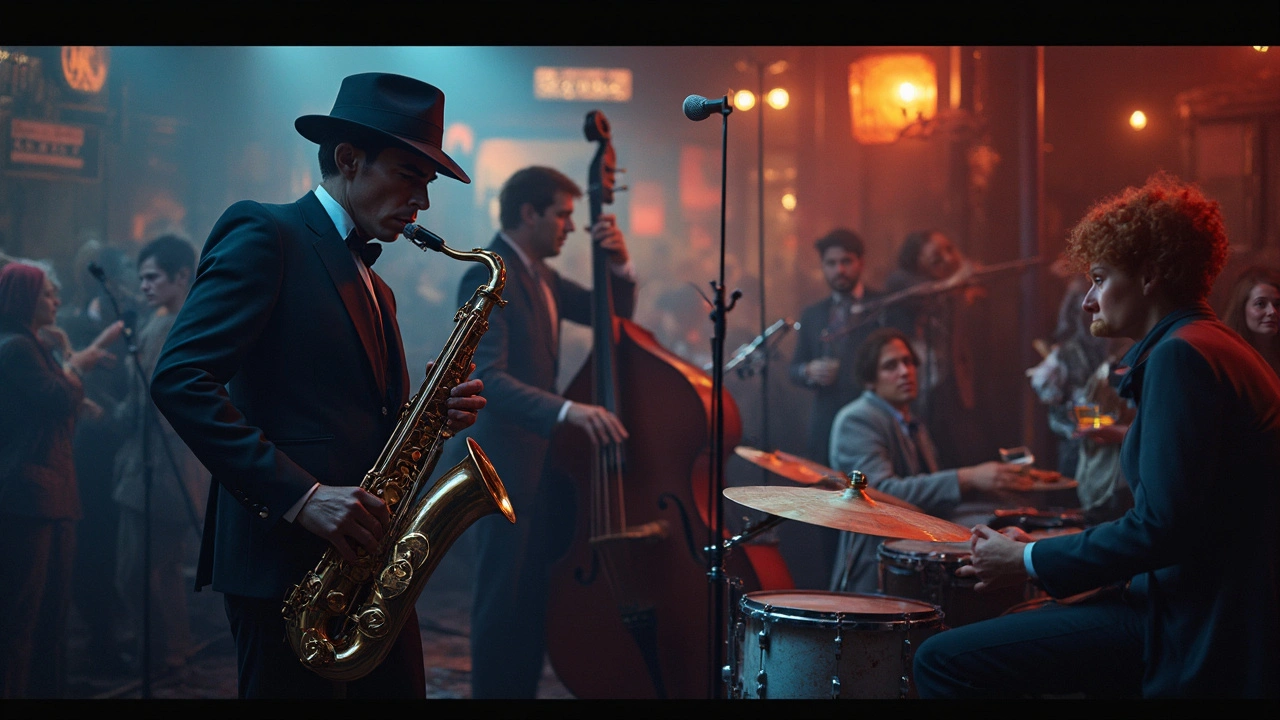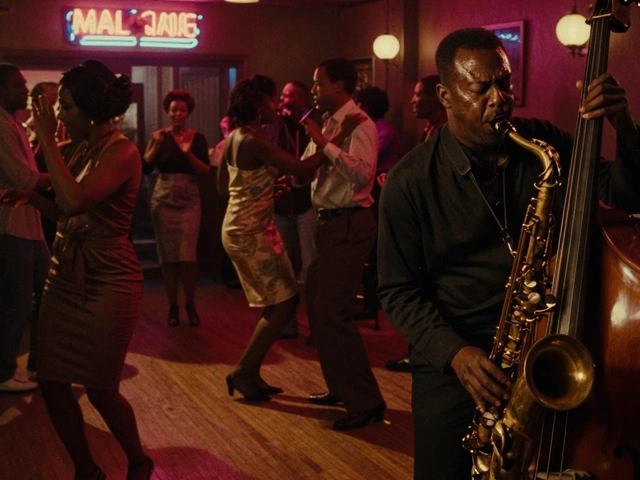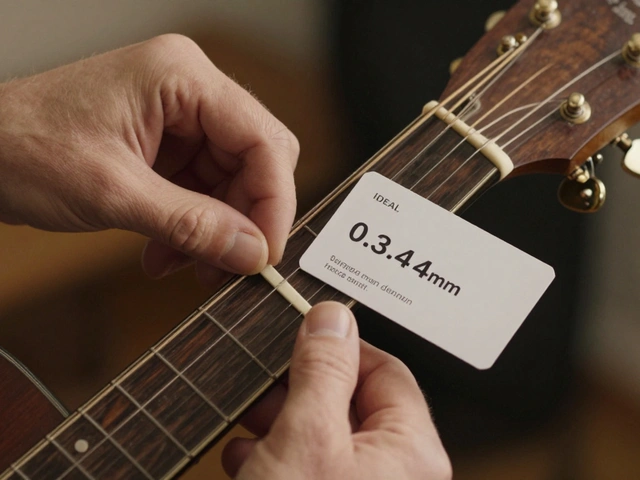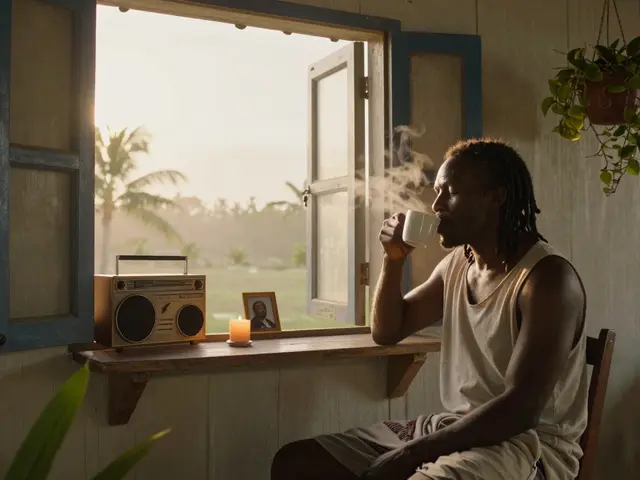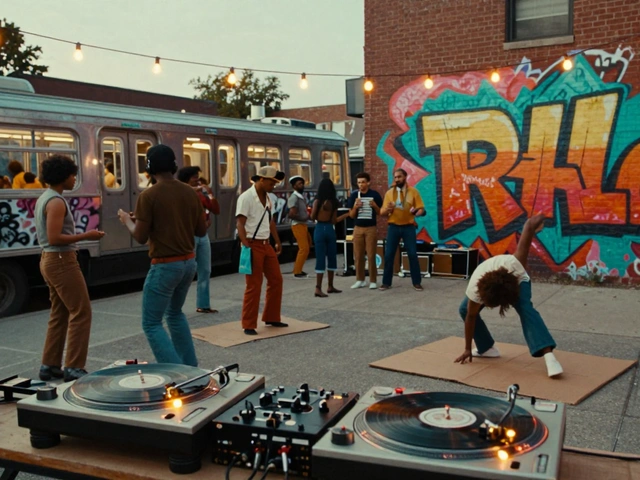Think about jazz, and you instantly picture a smoky club, dim lights, and a band that's absolutely jamming. But here's the thing—jazz isn't just about the vibe. It's about the instruments that make each piece come alive. Ever wonder why the saxophone is practically synonymous with jazz? Or how the piano's always slipping in those smooth, unexpected notes?
Each instrument pulls its weight in making jazz what it is. The saxophone, for instance, is like the voice of the genre—smooth, loud when it needs to be, and absolutely expressive. Drummers might not always get the spotlight, but their beats set the groove everyone else builds on. Then there's the double bass, holding the whole thing together with its deep, resonant lines. These aren't just sounds; they're statements.
- The Classic Jazz Instruments
- How Each Instrument Leaves Its Mark
- The Evolution of Instruments in Jazz
- Tips for Aspiring Jazz Musicians
The Classic Jazz Instruments
Jazz without its classic instruments would be like a burger without the patty. Let's get real, these instruments define the very soul of jazz music. Starting with the saxophone, it's the most recognizable sound in jazz. Think of John Coltrane or Charlie Parker—they had a knack for manipulating the sax to express emotions in a way words just can't. It’s no wonder the saxophone is often seen as the heart of jazz.
Next up, the trumpet. Ever heard of Miles Davis or Louis Armstrong? These legends turned the trumpet into an extension of their voices. This instrument can go from mellow as a sunset to as piercing as a siren, often leading the melody and adding that distinct jazzy flair.
The piano in jazz is like a Swiss Army knife—versatile, handy, and essential. From the syncopated rhythms of Thelonious Monk to the complex harmonies of Bill Evans, the piano offers a full range of sounds, acting both as a solo voice and a harmonizer. Whether it's providing rhythms or taking the lead, the piano's range is unmatched.
Moving down the sound spectrum, we've got the double bass. This beast of an instrument lays down deep, resonant notes that keep everything grounded. Bassists like Charles Mingus and Ray Brown used it as the backbone of jazz ensembles, providing rhythm and structure to other instruments.
| Instrument | Key Jazz Artists | Primary Role |
|---|---|---|
| Saxophone | John Coltrane, Charlie Parker | Melody |
| Trumpet | Miles Davis, Louis Armstrong | Melody & Rhythm |
| Piano | Thelonious Monk, Bill Evans | Harmony & Rhythm |
| Double Bass | Charles Mingus, Ray Brown | Rhythm & Basslines |
Finally, we can’t forget the drums. Jazz drumming is an art form of its own—think Art Blakey or Max Roach. These guys wielded drums like paintbrushes, shaping the band’s tempo and dynamic. Whether it’s the delicate tapping on a ride cymbal or a thunderous bass drum punch, drums drive the ensemble's energy.
Each of these instruments brings something vital to jazz. They're like a tight-knit crew, each with its own role but always working together to create something bigger than the sum of their parts.
How Each Instrument Leaves Its Mark
Jazz isn't just a genre; it's a conversation between musicians. Each instrument steps forward and adds its voice to the mix. Ever noticed how in a jazz ensemble, each instrument takes turns to shine? That's not by chance—it's the essence of jazz.
The saxophone, for example, is often the star of the show. It's got a distinctive sound that's both sultry and bold. Think about legends like Charlie Parker or John Coltrane; their saxophones did more than play melodies—they told stories. It's all in the way the instrument can be both smooth and edgy at the same time.
Then there's the trumpet. It's like the saxophone's sparring partner—fiery, loud, and bold. Miles Davis worked magic with his trumpet, showing off its range from blaring highs to gentle whispers. A trumpet solo can make the audience sit up and take notice, not just because of its volume, but because of its sheer energy.
Let’s talk piano. In jazz, the piano is the glue that holds everything together. It can support a band with gentle chords and then leap into an unexpected solo. Pianists like Thelonious Monk threw in those quirky, off-kilter notes that made everyone rethink what jazz could be. The piano’s versatility is what makes it essential.
The drums, meanwhile, keep everyone in line. They're the heartbeat, laying down rhythms that can be both subtle or in your face. Thanks to drummers like Art Blakey, we know how the cymbals can sizzle and how snare hits can punctuate a set.
And you can't ignore the double bass. It may not be the flashiest instrument, but it's the foundation on which everything stands. Bassists like Charles Mingus showed us how deep, resonant lines can create both tension and harmony.
Each of these jazz instruments adds its unique mark, crafting the dynamic and improvisational nature of jazz. They don't just play music; they paint sounds that bring stories to life.
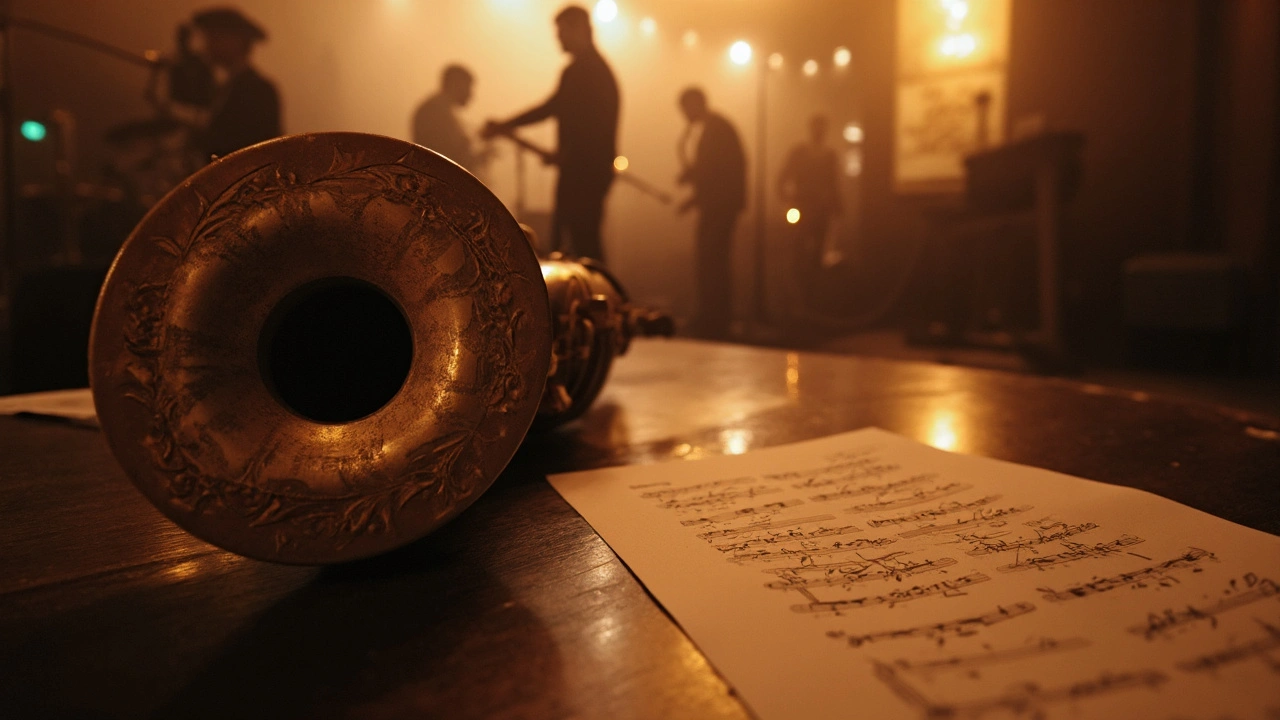
The Evolution of Instruments in Jazz
Jazz has been on a wild ride since its early days, and jazz instruments have evolved along with the genre. Imagine the early 1900s in New Orleans, where jazz was just starting to percolate. In those days, the cornet, clarinet, and trombone were all the rage, laying the foundation for what would become a rich musical tradition.
Fast forward to the 1920s, and the saxophone burst onto the scene, shaking things up in a big way. Its versatility and expressive capabilities made it a staple of jazz music. Over time, the piano became an anchor in jazz bands, allowing musicians to experiment with harmony and rhythm in new and exciting ways. It wasn't just about keeping the beat; it was about exploring moods and dynamics.
Jump to the post-war years, and the electric guitar started gaining attention. Think of the 1940s and 50s bebop era when musicians like Charlie Christian showcased how the guitar could hold its own in a jazz music lineup. By the 1970s and 80s, electric instruments were front and center, with artists blending jazz with rock and funk vibes. This was the birth of jazz fusion—the electric bass and synthesizers became key players, pushing the boundaries of what jazz could be.
Today, jazz continues to be a playground for innovation. Musicians incorporate instruments from all over the world, fusing various genres and styles. The freedom jazz offers keeps it fresh and exciting, making it a dynamic art form that evolves as musicians experiment and bring their unique influences.
Tips for Aspiring Jazz Musicians
Diving into the world of jazz music can feel like stepping into a new universe, but don’t worry—it's a journey that's as rewarding as it is challenging. Whether you're picking up a saxophone or sitting behind a drum kit, there are a few things you should keep in mind.
First off, always remember that jazz thrives on improvisation. This isn’t just playing random notes; it's about expressing yourself within a framework. Miles Davis, a legendary figure in jazz, famously said, "Do not fear mistakes. There are none." This quote encourages embracing spontaneity and creativity while playing.
Here are some practical tips to get you rolling:
- Listen, Listen, Listen: One of the best ways to learn jazz is by immersing yourself in it. Check out recordings from giants like John Coltrane or Charlie Parker. Notice how each instrument contributes to the overall sound.
- Jam Sessions: Join local jam sessions or create your own. These are fantastic for learning to quickly adapt and think on your feet—key skills in jazz.
- Theory Matters: While jazz is about breaking rules, you need to know them first. Study scales and chord progressions to understand what works harmonically.
- Practice with Purpose: Have a specific goal for each practice session to keep your progress on track. Focus on areas that challenge you.
For those interested in numbers, here's a stat: 70% of jazz musicians say regular practice of improvisation on their musical instruments markedly improved their skills. So, keep at it!
Also, don’t be afraid to experiment with different styles and techniques. Jazz is a melting pot of sounds and stories, and each artist adds their unique flair. Remember, it's not just about the notes you play—it's about the feeling you convey.

